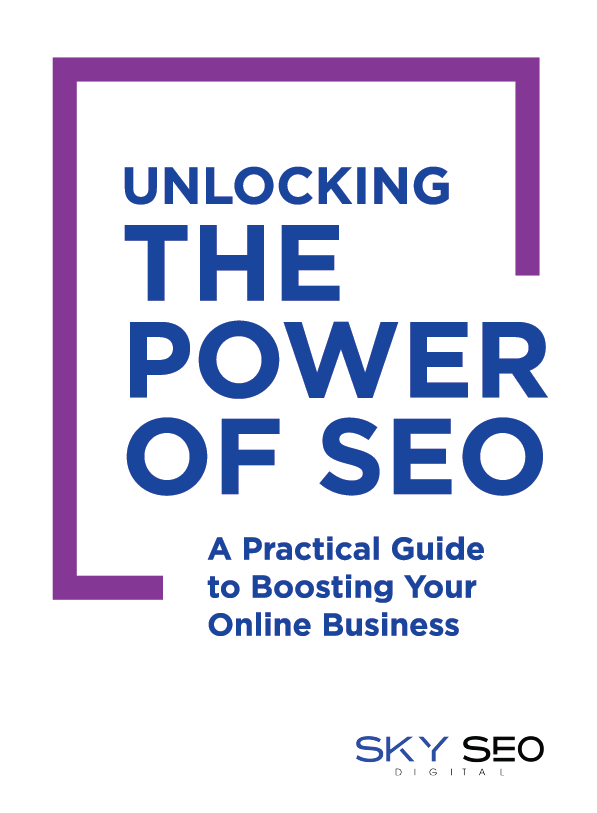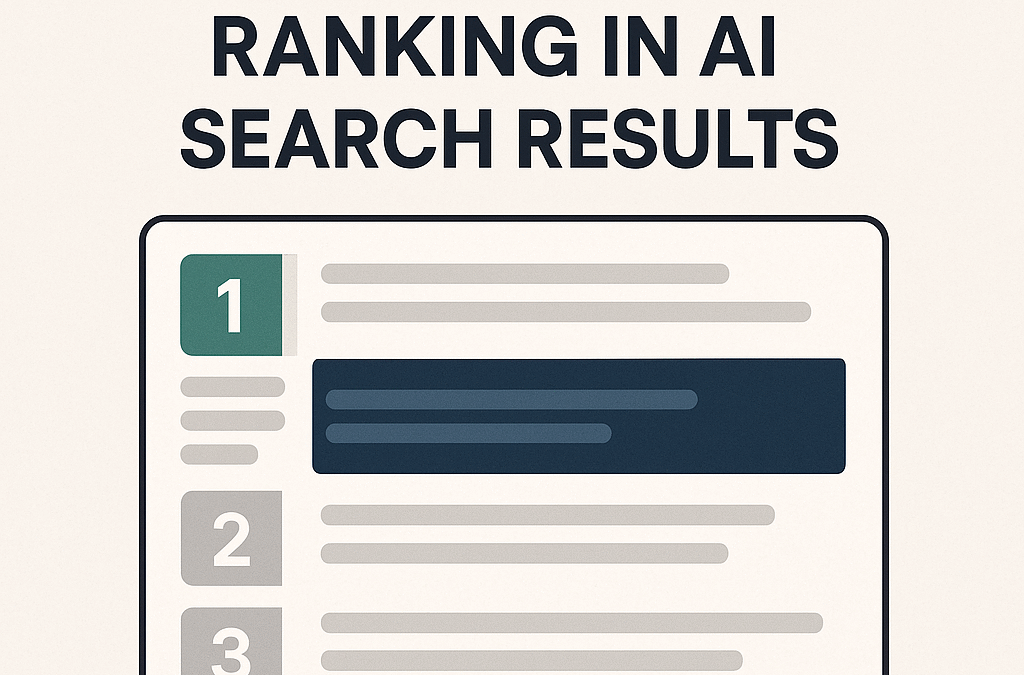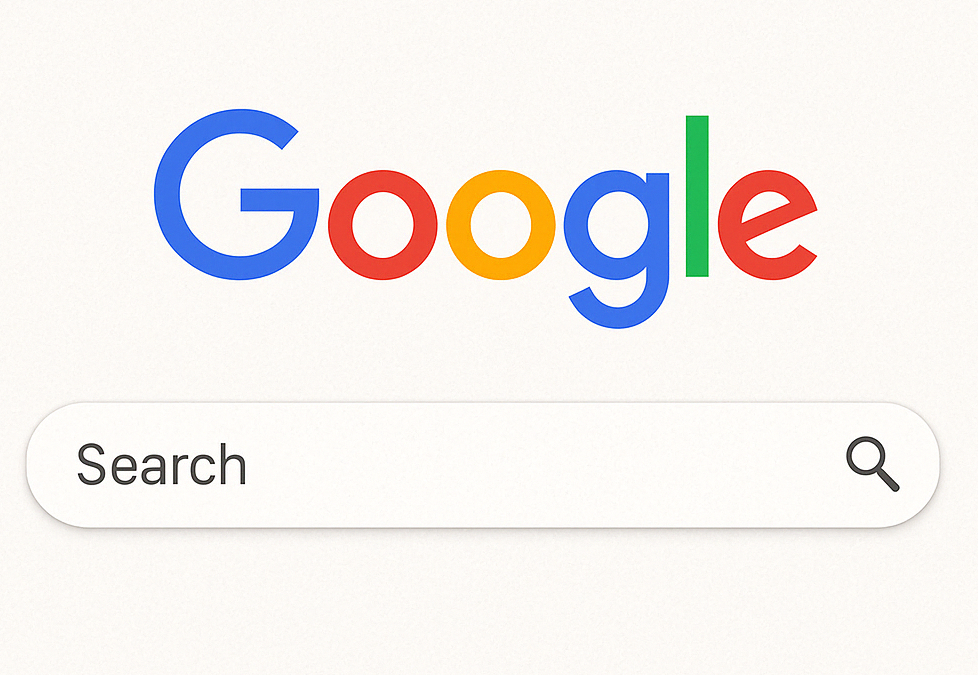Color is a fundamental aspect of our lives, and it has a profound impact on our emotions, behavior, and decision-making process. It’s no wonder then that color psychology has become an essential component of web design. Colors can evoke emotions, create moods, and influence people’s perceptions of a brand or product. In this blog post, we’ll explore the impact of color psychology in web design and how it can help you to create effective designs.
Understanding Color Psychology
Color psychology is the study of how colors affect our emotions, behavior, and decision-making process. Colors can have both positive and negative connotations and can evoke a range of emotions such as happiness, excitement, calmness, and even anger. For instance, red is associated with passion, energy, and excitement, while blue is often linked to trust, loyalty, and serenity. By understanding the psychological impact of colors, designers can create designs that resonate with their audience and reinforce their message.
The Importance of Color Consistency
Consistency is key when it comes to color in web design. A consistent color scheme helps to create a cohesive design and reinforces the brand’s message. It’s crucial to select a color palette that complements the brand’s identity and values. For instance, if you’re designing a website for a luxury brand, you may want to use a color scheme that evokes a sense of sophistication and elegance, such as black, gold, and white.
Using Color to Create a Mood
Colors can also be used to create a mood or atmosphere. For instance, warm colors such as red, orange, and yellow can create a sense of excitement, while cool colors such as blue and green can evoke a feeling of calmness and serenity. When designing a website, it’s essential to consider the mood that the brand wants to create and select colors that align with that mood. For instance, a wellness brand may want to use colors that evoke a sense of calmness and relaxation, such as shades of blue or green.
The Impact of Color on Conversions
Color can also have a significant impact on conversions. A study by Hubspot found that using contrasting colors for call-to-action buttons increased conversions by 21%. In contrast, using the same color for call-to-action buttons and the background decreased conversions by 41%. By understanding the psychological impact of colors, designers can use them strategically to guide users toward desired actions.
Using Color to Establish Hierarchy
Color can also be used to establish a hierarchy on a website. Designers can use color to draw attention to important elements, such as headlines, call-to-action buttons, and key information. For instance, using a bright and contrasting color for a call-to-action button can draw the user’s attention and encourage them to take action. On the other hand, using a muted color helps to create a visual hierarchy and guides users through the website.
Avoiding Color Clashes
While color can be a powerful tool in web design, it’s important to use it carefully. Using too many colors or clashing colors can create a confusing and overwhelming design. A general rule of thumb is to stick to a color palette of 3-5 colors and ensure they complement each other. It’s also important to consider accessibility when selecting colors. People with color blindness or visual impairments may have difficulty distinguishing certain colors, so it’s essential to ensure the color scheme is inclusive.
Cultural Considerations
It’s important to consider cultural connotations when selecting colors. Different cultures may associate different meanings with colors, so it’s important to ensure the color scheme is appropriate for the target audience. For instance, while white is often associated with purity and innocence in Western cultures, it’s associated with death and mourning in some Asian cultures. By understanding the cultural context, designers can create designs that are respectful and appropriate.
A Vital Role
Color psychology plays a vital role in web design. By understanding the psychological impact of colors, designers can create designs that resonate with their audience, reinforce their message, and guide users toward desired actions. However, it’s important to use color carefully and considerately to avoid overwhelming or confusing designs. A well-executed color scheme can make all the difference in creating an effective and engaging website.









